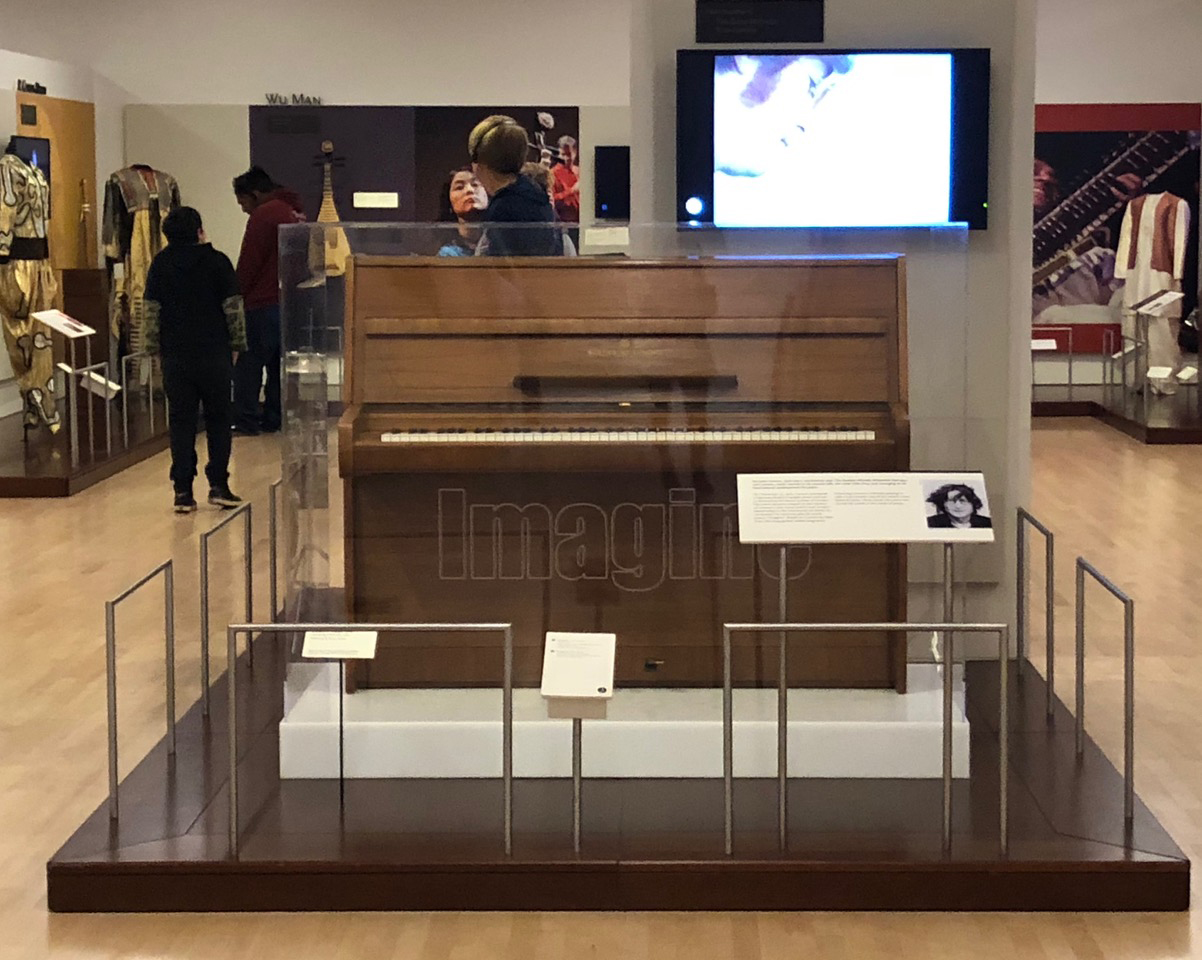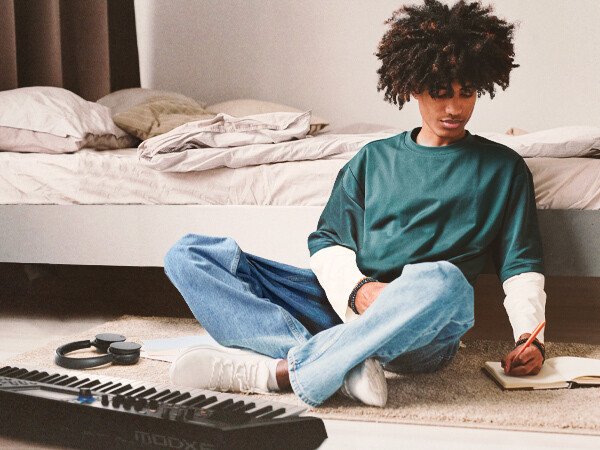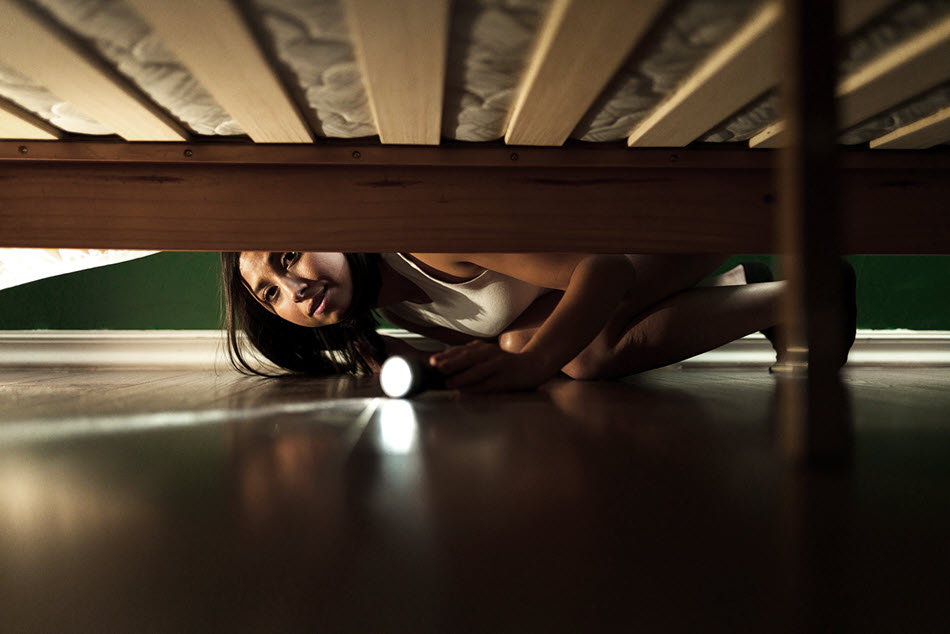Your Instrument Is Your Inspiration
Choose her wisely!
When I was about 10 years old, my parents bought me a used upright piano for $150. It had a roughly textured black and white speckled finish. It was the oddest looking piano I’d ever seen. I wish I had a picture of it but this was before we were a culture that documented every moment of our waking lives.
Anyway, I didn’t care what she (the piano) looked like. I was just happy to have one and I couldn’t take my hands off of her. (I don’t know why she was a “she.” I just knew she was.)
Although her keys wobbled and there was no resistance in their touch, every ivory (and ebony) was intact. No breaks or chips. Tuning was, well, just okay, but whether or not she was perfectly tuned didn’t matter because I wasn’t even aware (yet) that there was such a thing as being sharp or flat. My ear wasn’t trained. The vicinity of a proper tone was just fine with me.
I loved that piano. She was my first collaborator. My first partner in crime. She accommodated my every musical whim. And she elicited creative impulse simply because she was there and I was starting to have something to say. I will never forget her.
Since then, I’ve experienced a variety of keyboards varying in quality, status and price, from an impeccably tuned 6-foot baby grand to the weathered spinet in my friends Wally and Xandy’s live room. The latter has what we call … vibe. An instrument’s vibe, or personality, gives it a unique voice. And that DNA is what matters most to me.

Recently I visited the Artist Exhibit at the Musical Instruments Museum in Phoenix, Arizona. Safely ensconced inside a Lucite case was the piano on which John Lennon conceived “Imagine.” I recalled a snippet of an interview with John in which he said he chose that particular piano because it was just a little bit “off.” I get what he meant. All vibe. “Imagine” wouldn’t be the same song if he wrote it on the gorgeous concert grand on display in the lobby …

… which of course I made sure to lay my hands on before I left. Between the favorable acoustics of the high ceiling overhead and the daily TLC maintenance it receives, I was admittedly transported by its superior sonics. Museum goers gathered ‘round to hear me play but in my mind I was alone on a planet. Inside my head. Under its spell. I could’ve stayed there for hours but 20 other people were waiting to give her a try.
At last January’s NAMM show I was introduced to an acoustic guitar with Yamaha TransAcoustic technology, with its built-in chorus and reverb — ambiance on steroids, and no amp required, either. As soon I started strumming her (guitars are females too) it was as if I was on a stage, plugged into the mixer and in the spotlight. Nice.
I felt like a better player than I actually am. Eureka! Maybe we’re more likely to bond with an instrument if it bolsters our ego. Because we write better when we’re confident. A delicious instrument shuts down any impulse to procrastinate, so we stay on the bench (or stool) longer. And let’s face it, the longer we tinker, the more likely something remarkable will fall from the sky. So personally I’m quite comfortable imagining I’m better than I am even if I’m not. (Oh, and I think one of those TransAcoustics is in my future.)
Your instrument is an extension of your soul. If it calls to you, get closer. Like Marie Kondo’s theory about keeping only items that “Spark Joy,” let’s not justify what we’re drawn to on the basis of brand name or price tag or because someone else is drawn to it. Ask yourself how an instrument makes you feel. If the answer is “inspired,” then she’s the one.
Photographs courtesy of the author.















